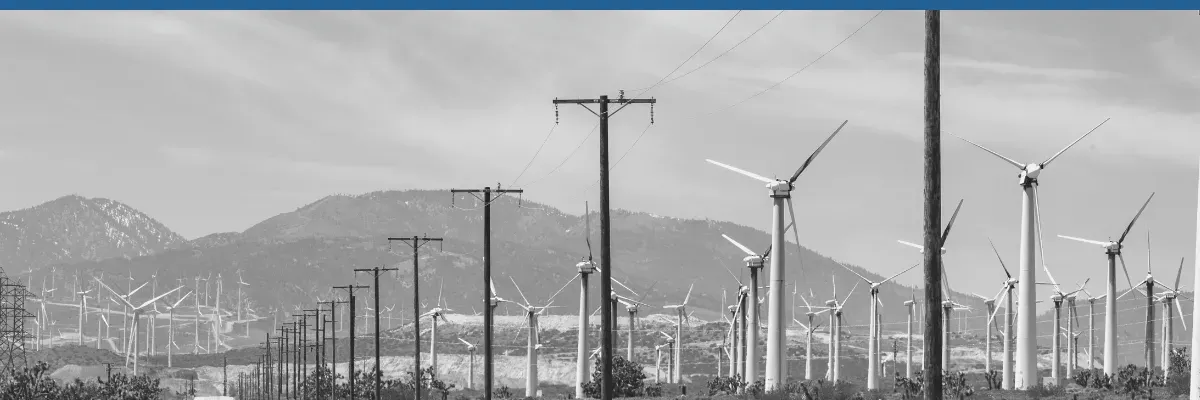December 28, 2022
Natural gas liquids (NGLs) sit at the crossroads of the global energy industry, connecting the oil, natural gas, oil products and petrochemicals markets. NGLs serve as a feedstock in the petrochemicals sector, as fuel for home heating and cooking, and as autogas in cars, busses, and other modes of transport. Meanwhile, refineries consume NGLs like butane and yield LPG in order to meet various seasonal gasoline specifications. The deeply important role NGLs play in the wide range of markets that require them means that effectively forecasting global NGLs supply trends requires a multi-pronged approach. With this fundamental understanding, and by identifying missing links within the global NGLs market, we have recently rolled out significant enhancements to our NGLs data service, including: NGLs global supply data forecasts by purity product and by country. Global gas plant supply by purity product and by country. Refinery NGLs production by purity product and by country. Granular US supply and production data broken down by PADD. In addition to this service, we offer five-year supply forecasts for ethane, propane, butane, LPG and C5+. Energy Aspects’ NGLs data service is one of the most comprehensive in the market, offering users coverage of purity products and supply forecasts that are updated monthly by drawing extensively from our expertise in analysing sectors across the energy value chain —upstream, midstream and downstream. We also provide deep granularity in our data, including distinctions between refinery and gas plant production, to promote transparency regarding supply sources and keep potential buyers well informed about future feedstock purchasing decisions. Overcoming data limitations in the global NGLs market Upstream : The NGLs market lacks standardised reporting and holistic visibility, but we have found that the basis for all future NGLs supply can ultimately be linked to the global outlook for gas supply. As such, we tie our NGLs supply projections back to our forecasts for natural gas production as well as for production of crude oil in countries with large amounts of associated gas. We also assess the liquid content of natural gas from each region we analyse, which can vary by field and basin within a country, to determine the production ratios between natural gas and NGLs. For example, associated gas contains more liquid than non-associated gas, and therefore produces greater of NGLs. Midstream: We have employed an infrastructure-based approach to verify aggregated production data for countries or regions that lack timely data. Specifically, this involves assessing various infrastructure that connects wellheads to gas processing plants. Operators in many countries successfully employ new technology to enhance efficiencies at existing plants, which allows for greater NGLs extraction. Therefore, we model capacity creep in ways that go deeper than monitoring announced projects for capacity expansion, by basing our analysis on historical trends as well as expected uptake rates for future technologies. Downstream: Where data on refinery NGLs output are not readily available, we use our country-specific refining model to assess LPG yields based on typical crude diets and refinery configurations. Yields typically swing in a range of 2–8%, depending on the complexity of the refinery. Furthermore, we draw from our global steam cracker and propane dehydrogenation (PDH) unit databases to aggregate the domestic feedstock needs of a country’s petrochemical sector, allowing our analysts to provide a further layer of back-testing to our supply forecasts. To find out more about our NGLs supply data service, write to us at sales @energyaspects.com or visit here to access our modelling methodology and assumptions, which details the underpinnings our global NGLs supply forecast. Additional resources: Global NGLs market: five-year outlook webinar














